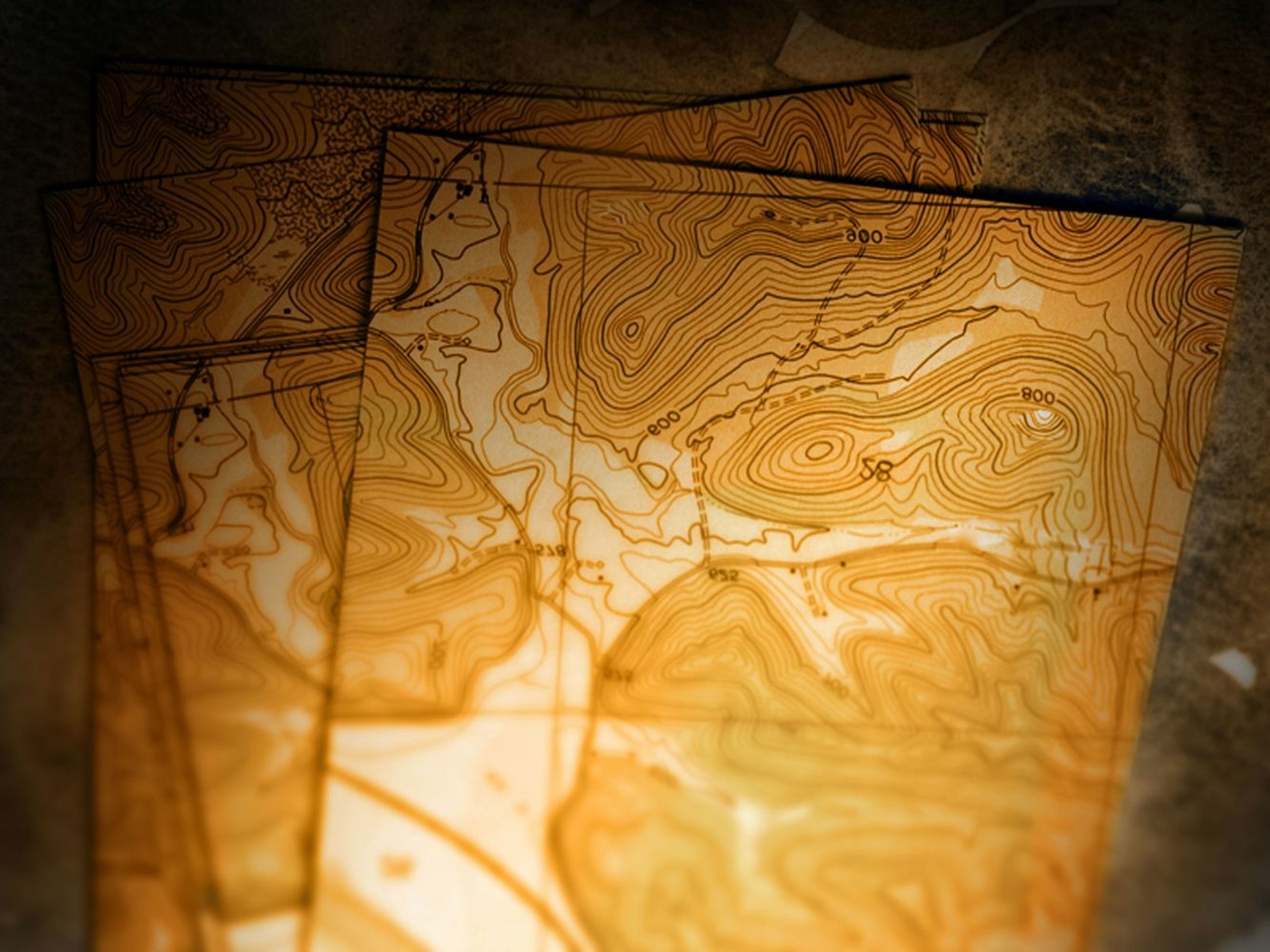
- Home
- The Setting
- The Vézère valley
In its sedimentary composition, the Vézère drainage basin covers one fourth of the département of the Dordogne, the northernmost region of the Black Perigord. Before joining the Dordogne River near Limeuil, the Vézère flows in a south-westerly direction. At its centre point, the river's course is marked by a series of meanders flanked by high limestone cliffs that determine the landscape. Upstream from this steep-sloped relief, near Montignac and in the vicinity of Lascaux, the contours of the land soften considerably – the valley floor widens, and the banks of the river lose their steepness.
The Lascaux valley is located some distance from the major concentrations of decorated caves and inhabited sites, most of which were discovered further downstream. In the environs of the village of Eyzies-de-Tayac Sireuil, one finds no less than 37 decorated caves and shelters, as well as an even greater number of habitation sites from the Upper Palaeolithic, located in the open, beneath a sheltering overhand, or at the entrance to one of the area's karst cavities. This is the highest concentration in western Europe.

